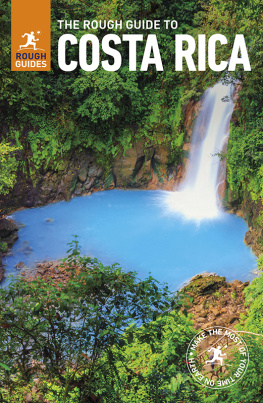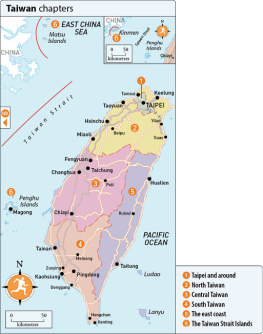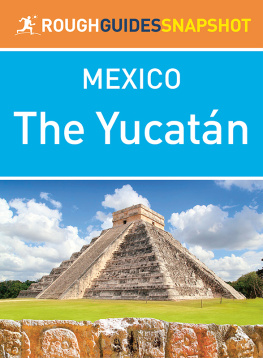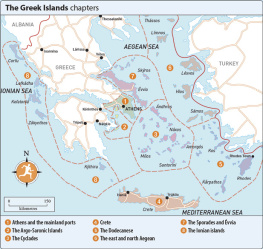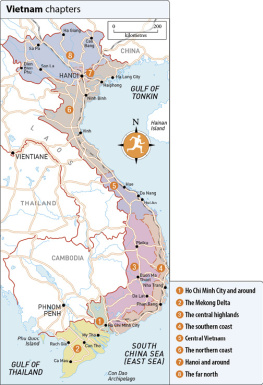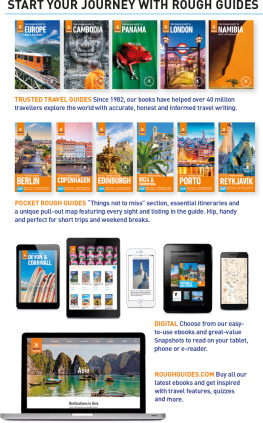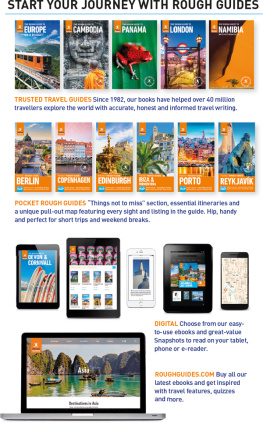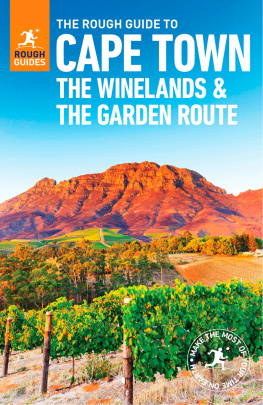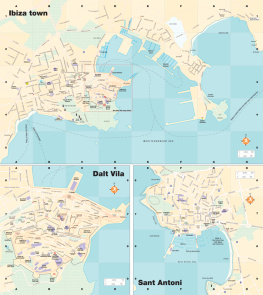
Jonathan & Angela Scott/ AWL Images Ltd
Contents

iStock
Introduction to
Oman
Amid the ever-changing states of the Arabian Gulf, Oman offers a refreshing reminder of a seemingly bygone age. The countrys breakneck development has yet to blight its most spectacular landscapes, while many of its cultural traditions remain on proud display, making the sultanate one of the best places in the Gulf to experience traditional Arabia. Quiet stretches of coast are shaded with nodding palm trees and dotted with fishing boats. Mudbrick villages nestle amid sprawling date plantations or cling to the sides of remote valleys. Craggy chains of towering mountains are scored with precipitous canyons and rocky wadis, while the wind-blown dunes and gravel plains of the great inland deserts stretch away into the distance.
Of course, its not all savagely beautiful, sparsely populated landscapes. Oman has embraced the modern world, and in parts of the country the contemporary is very much in evidence, particularly in the low-key glitter and bustle of the capital, Muscat, and in the burgeoning cities of Salalah and Sohar. Despite the trappings of modernity, however, much of the rest of the country retains a powerful sense of place and past. Busy souks continue to resound with the clamour of shoppers bargaining over frankincense, jewellery and food. Venerable forts and crumbling watchtowers still stand sentinel over towns they once protected, goats wander past huddles of ochre-coloured houses, and the white-robed Omanis themselves saunter quietly amid the palms.
Where to go
Most visitors begin in Muscat , the nations sprawling modern capital. Engaging reminders of times past persist in the lively commercial district of Muttrah and the historic quarter of Old Muscat, site of the sultans palace and a pair of hoary old Portuguese forts. The city also boasts an alluring selection of upmarket hotels including some of the Gulfs most memorably opulent Arabian-style establishments with fabulously ornate decor, marvellous beaches, and a selection of the countrys finest restaurants and bars.
FACT FILE
The oldest independent state in the Arabian peninsula, Oman has been a sovereign entity since the expulsion of the Persians in 1747.
The population is fast approaching 5 million, including more than two million expats, most of whom are from Bangladesh, India and Pakistan.
Virtually all native Omanis are Muslim. About two thirds follow the Ibadhi creed; the remainder are largely Sunni.
Oman is an absolute monarchy, with the ruling Sultan Qaboos exercising ultimate power over all major decisions of state.
Oil is the countrys most important export, although dwindling reserves have forced the government into a wide-ranging programme of industrial diversification and tourism development.
Inland from Muscat rise the spectacular mountains of the Western Hajar , centred on the beguiling regional capital of Nizwa , Omans most historic and personable town. Nizwa also provides a convenient base from which to explore the myriad attractions of the surrounding mountains, including the mighty Jebel Shams (the highest peak in Oman), the spectacular traditional villages of the Saiq Plateau and the exhilarating off-road drive down the vertiginous Wadi Bani Auf . Other highlights include the lovely traditional mudbrick town of Al Hamra and the even more picture-perfect village of Misfat al Abryeen . Nearby lie two of the countrys most absorbing forts: monumental Bahla , the largest in Oman, and the more intimate Jabrin , whose perfectly preserved interiors offer a fascinating insight into life in old Oman.
North of Muscat in the shadow of the Western Hajar lies the coastal region of Al Batinah , fringed with a long swathe of sleepy, palm-fringed beaches. A series of low-key towns dots the coast, including lively Seeb, sleepier Barka (home to a couple more interesting forts) and sprawling Sohar, one of the countrys oldest cities, although few physical reminders of its long and illustrious past survive. The main attraction in Al Batinah is the day-long drive around the so-called Rustaq Loop , which winds inland in the shadow of the mountains via the majestic forts of Nakhal, Rustaq and Al Hazm, and provides access to some of Omans most beautiful wadis including Wadi Abyad, Wadi Bani Kharous and Wadi Bani Auf en route.
At the far northern end of Oman (and separated from the rest of the country by a wide swathe of UAE territory) lies the Musandam Peninsula . This is where youll find some of the sultanates most dramatic landscapes, with the Hajar mountains tumbling down into the ultramarine waters of the Arabian Gulf, creating a spectacular sequence of steep-sided khors (fjords), best seen during a leisurely dhow cruise. Most visitors base themselves in the modest regional capital of Khasab , which also provides a good base for forays up into the magnificent interior, centred on the craggy heights of the Jebel Harim.
South of Muscat lies the region of Sharqiya , providing a beguiling microcosm of Oman, with historic forts, dramatic mountain canyons and rolling dunes. The still largely unspoiled coastline is a major draw, thanks to its generous swathes of pristine sand, the historic town of Sur and the turtle-watching beach at Ras al Jinz . Inland, the rugged Eastern Hajar mountains are cut through by some of the countrys most scenic wadis. On the far side of the mountains, most visitors head for the magnificent dunes of the Sharqiya Sands , while its also worth visiting the old-fashioned towns of Ibra and Jalan Bani Bu Ali nearby, home to some of the countrys finest traditional mudbrick architecture.
Sultan Qaboos: father of the nation
Youll not go far in Oman without seeing a picture of the countrys supreme ruler, Sultan Qaboos , whether framed in miniature above the counters of shops, cafs and hotels or emblazoned on supersized billboards towering above major highways. Coming to the throne in 1970 following the ousting of his father in a British-backed coup, the sultan has overseen the transformation of the backward and impoverished country he inherited into a prosperous modern state. To this day he is widely held in almost religious reverence even the tumultuous events of the Arab Spring in early 2011 (and their modest repercussions in Oman itself) failed to shake his universal popularity.
Tucked away in the far southwestern corner of the country lies Dhofar , separated from the rest of Oman by almost a thousand kilometres of stony desert. At the regions centre is the engaging subtropical city of Salalah, famous for its annual inundation by the monsoon rains of the khareef , during which the surrounding hills turn a lush green and cascades of water flow down the mountains, creating impromptu rivers, rock pools and waterfalls one of Arabias most memorably improbable spectacles. The city also makes a convenient base for forays along the rugged coast, through the majestic Dhofar Mountains and into the interminable sands of the Empty Quarter (Rub al Khali) Omans final frontier, stretching across northern Dhofar and on into Saudi Arabia.




